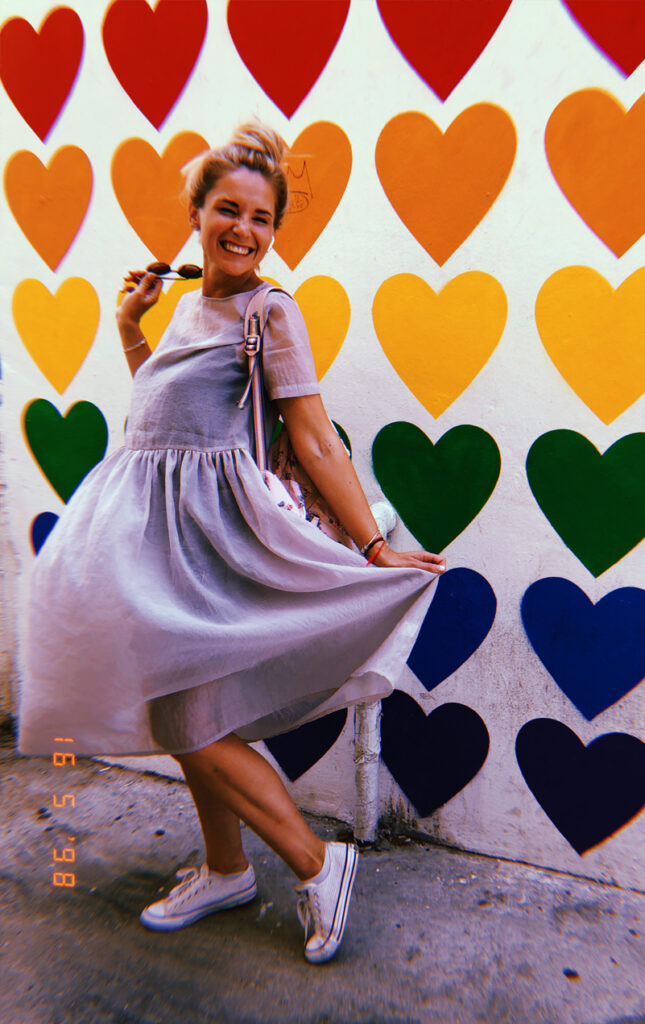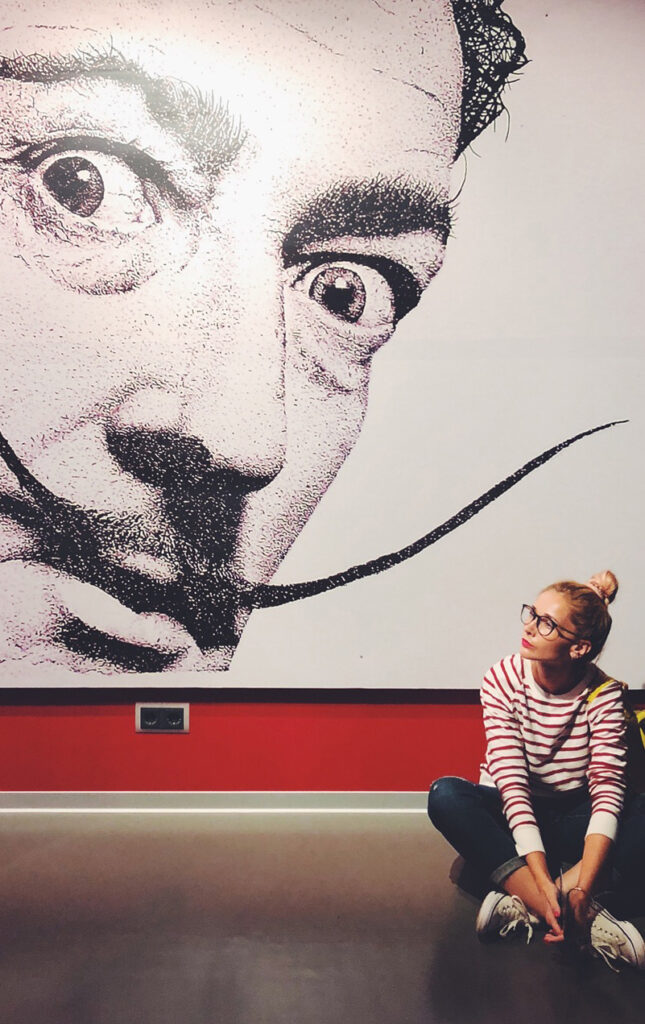You In the Frame! Tips from Photographer Iya Volkova. For Creative Professionals.
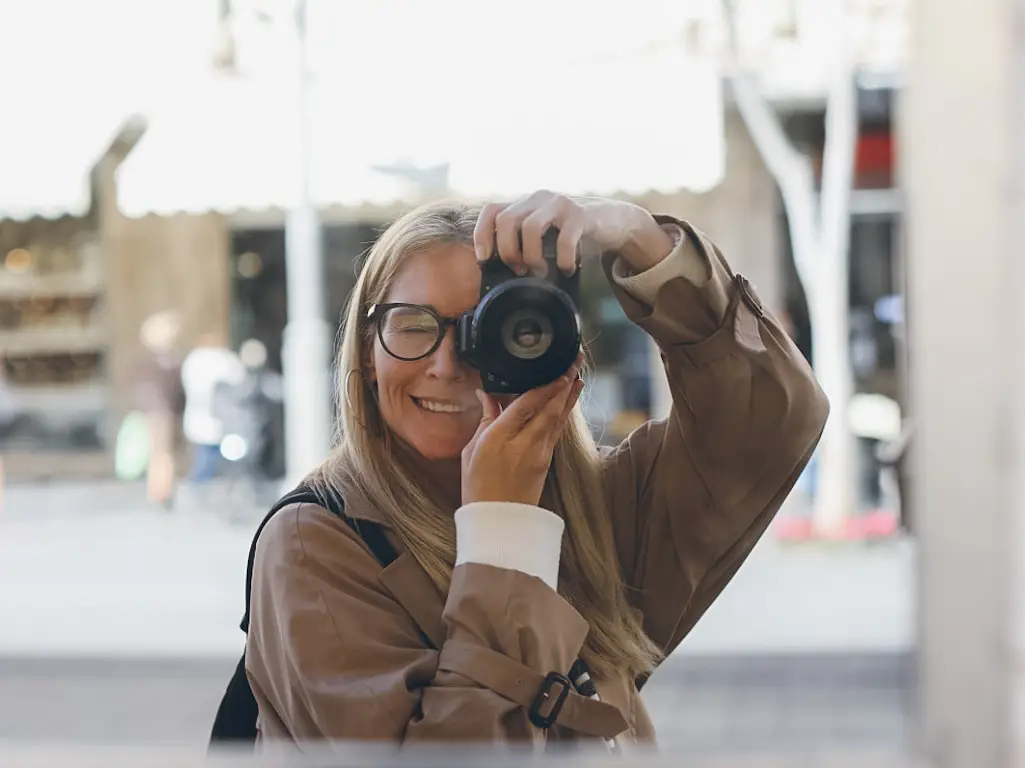
Photography is a way to tell your story. It’s more than how you look – it’s how you “are”: through light, posture, space, and mood. When a frame holds meaning, it becomes more than beautiful – it becomes real. We spoke with a talented photographer Iya Volkova – someone who notices light in ordinary moments, captures atmosphere, and reveals individuality. Iya’s main principle: photograph life, not poses. A good photo feels natural and meaningful while staged shots just don’t work.
1. Motivation - Why photograph yourself
Photography is your mirror and your visual biography. Each frame adds a brushstroke to the portrait of your life: who you are, what you do, how you feel. Here are the main reasons to take photos:
• Content: for your blog, social media, or portfolio – a wordless business card reflecting your professional style.
• Memory: to preserve a moment – who you were, how you lived and created.
• Story: to show your path, daily life, and inner state.
• Self-expression: to reveal your true personality through image, details, and atmosphere.
When you understand “why”, your photos gain meaning. They stop being random and start reflecting you. Photography is an honest conversation – sometimes even with yourself.
2. What to photograph - find your story
Don’t start with the camera – start with a question.
• What do I want to say? (I’m a designer, I love architecture, I read, I adore art.)
• What do I want the audience to feel? (Inspiration, strength, peace, curiosity.)
• What image expresses it the best? (Reading in a chair, working on-site, walking through the city.)
Photography begins not with pressing the button, but with asking “why”. Once you know that, everything else falls into place. Try creating not a single photo, but a small series – three or four connected shots. That’s already a story: morning–day–evening, inspiration–process–result. Meaning is always a movement.
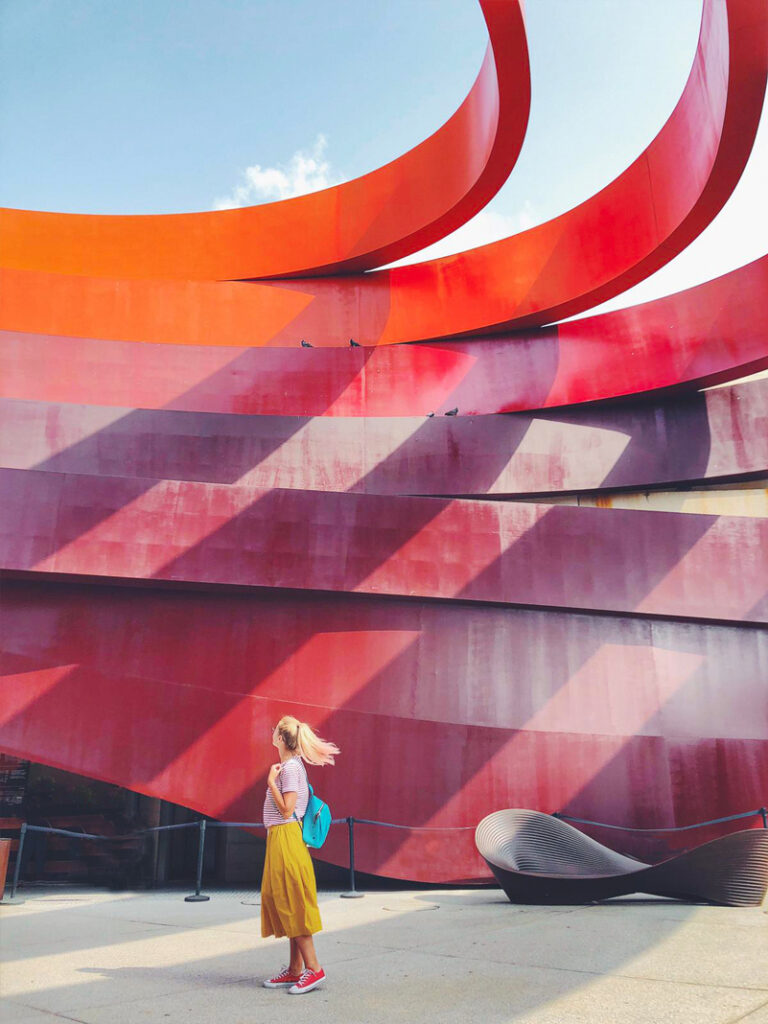
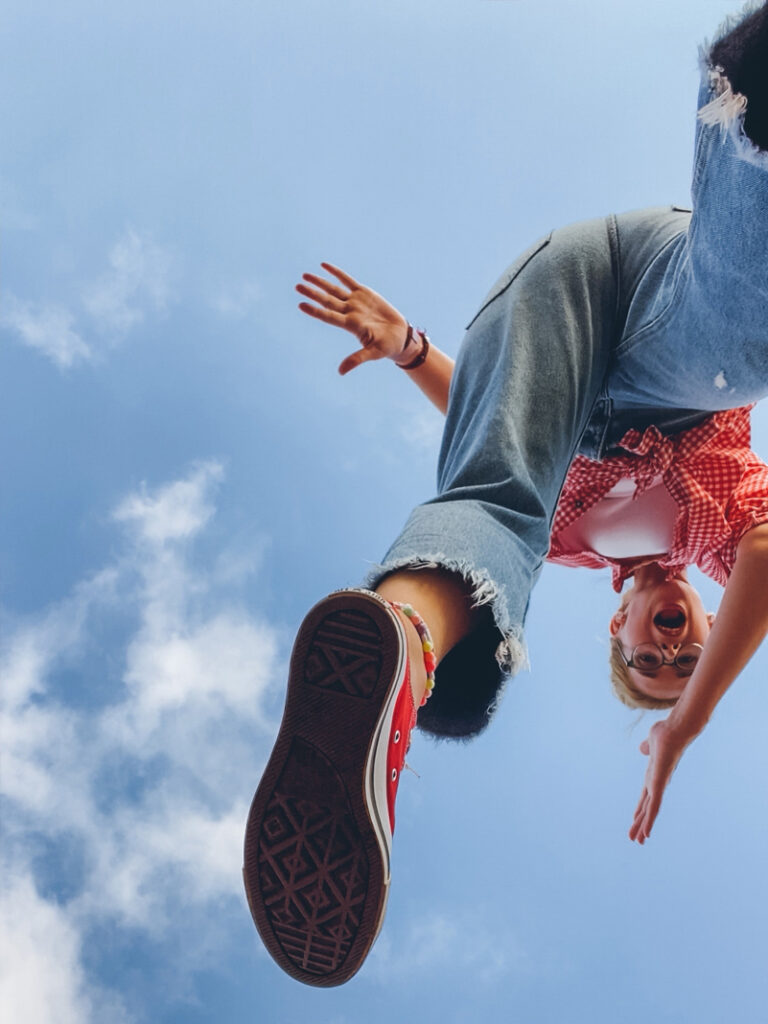
3. Where to find inspiration
Inspiration doesn’t hide in faraway places – it lives in your everyday life. You don’t need perfect settings; you only need to notice what’s already around you.
• Day by day: morning coffee, a subway ride, reading, working with clients – your life is the best story.
• Places: home, favorite café, park, gallery, city streets – every space breathes its own light and mood.
• Mood: joy, fatigue, dreaming – let your shot express emotion, not just form.
• Objects: accessories, food, a book, an instrument – they can become supporting characters telling more than you expect.
• References: Pinterest, exhibitions, film stills, magazines – even one image can spark a whole series of ideas.
A good habit: keep a folder of inspiring visuals on your phone. Soon you’ll notice – that collection reflects “you”.
4. Finding ideas - simple habits that work
• Keep a folder of references. Collect what catches your eye – it will become your personal visual vocabulary.
• Think in series. Three or four shots with one mood feel more complete than random singles.
• Challenge yourself: one day – one story. A simple but powerful way to train creativity.
• Don’t overcomplicate. A shot by the window can be just as striking if it carries real emotion and intent.
Important: the camera makes a photo sharp, but the idea makes it unforgettable.

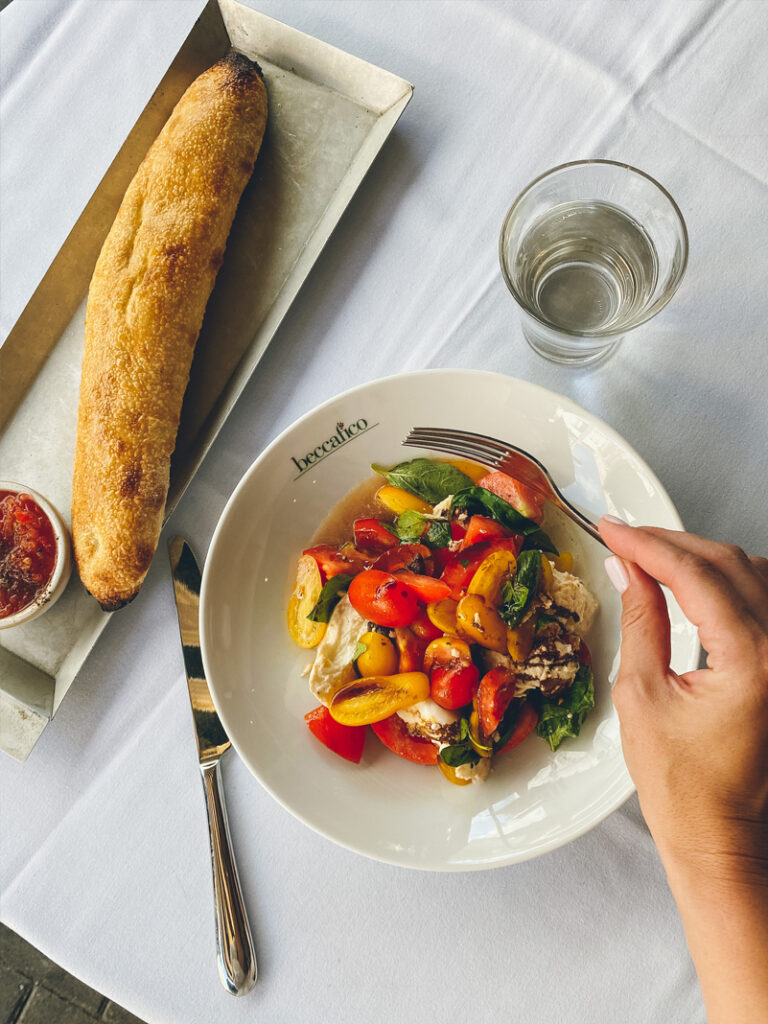
5. Examples of ideas in action
• Café: “My place of strength.” A cup of coffee, a gaze through the window, a quiet moment.
• Museum: “Dialogue with art.” Looking at a painting, your reflection in the glass.
• Home: “Comfort and reality.” Breakfast in pajamas, a book under a blanket, a laptop on your knees.
• Street: “I’m part of the city.” A shot in motion, with architecture behind or reflections in glass.
• Work: “Professional at work.” The moment of action, natural, without direction.
Each idea is a state of being. Don’t act but live in the frame.
6. The background is a story, not a noise
The background isn’t decoration, it’s a layer of meaning.
• Minimalism works. A simple wall, clean geometry, clear space – everything that keeps the focus on you.
• Let the place speak. A café adds warmth, a museum adds depth, graffiti adds energy.
• Avoid chaos. Keep the frame clean. No random objects or figures behind you.
• Tip: choose one strong element – a window, an arch, a painting – and build the composition around it.
The background is a story, not noise. It sets the tone, supports the idea, becomes part of the composition.
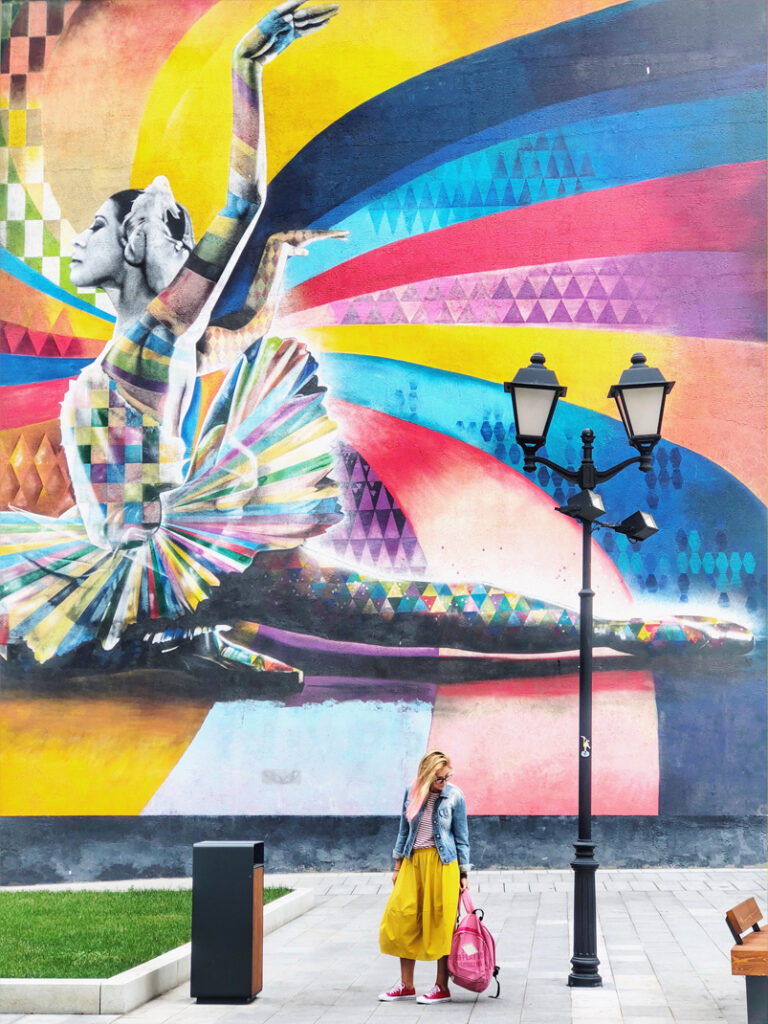
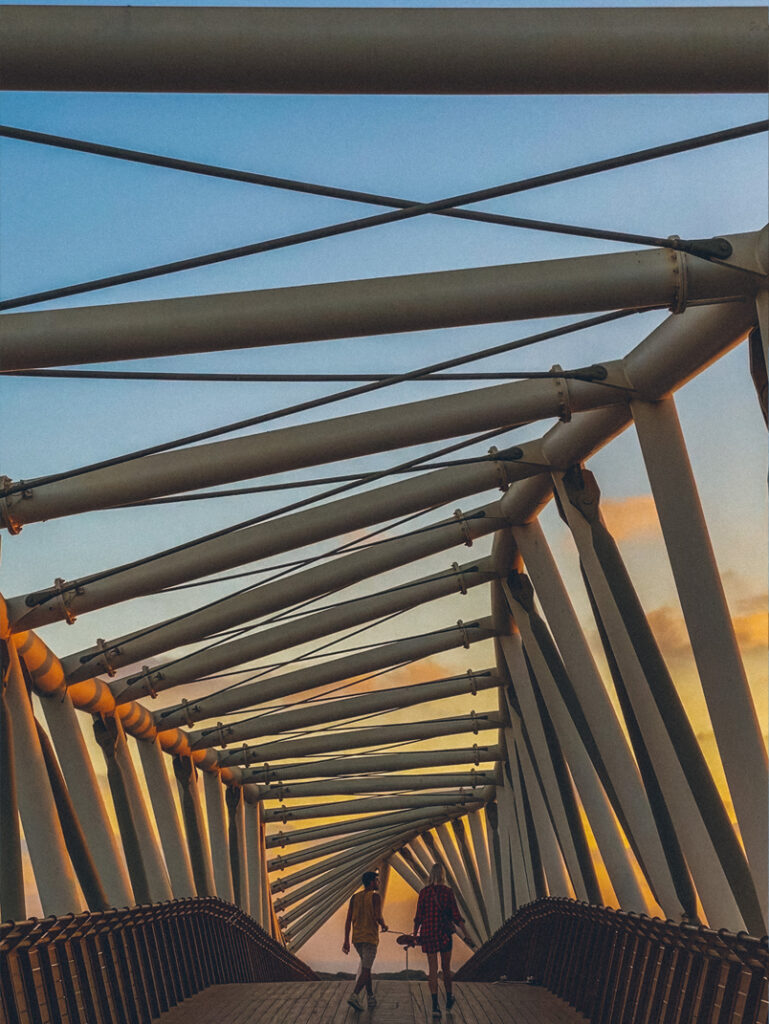
7. Light is your main tool
Light is the main tool. It creates everything – character, shape, depth.
• Natural light. Morning or an hour before sunset – the golden time. Turn toward the window, watch the shadow shift.
• Artificial light. A lamp, fairy lights, shop windows – use them creatively. Warm light adds intimacy, cool tones add structure.
• Backlight. When light is behind you, volume and atmosphere appear. Capture the silhouette – it’s always poetic.
Side window = dramatic. Front window = soft. Back window = silhouette.
Light doesn’t just illuminate – it tells a story. Notice how it falls on your face, reflects off walls, glides over objects. Light makes a frame alive.
8. Naturalness is the art of being free
The secret of authentic shots is simple — don’t stand stiffly. Real images are born from motion, not frozen poses.
• Move: sit, walk, turn your head over your shoulder.
• Imagine no one will see what you’re shooting and you’ll relax instantly.
• Use props: a cup of coffee, a book, a hat – it helps you relax.
• Start with burst mode or short video – it helps you catch real emotion.
Movement + details = authenticity.
Photography is not about posing. It’s about life, movement, and breath. When you live in the moment, the frame starts to breathe.
9. Composition
Composition shapes how the viewer perceives your story.
• Rule of thirds. Don’t put yourself in the center, then the frame becomes more dynamic.
• Perspective. Staircases, rows of tables, or a long corridor add volume and guide the gaze.
• Rhythm. Columns, trees, rows of windows, or alternating light and shadow create motion and hold attention.
• Depth. Alternate close-ups and wide shots; add details – hands, eyes.
• Reflections. Glass, mirrors, and windows add layers and mystery.
Composition is the architecture of the frame. It holds everything together and guides the viewer.
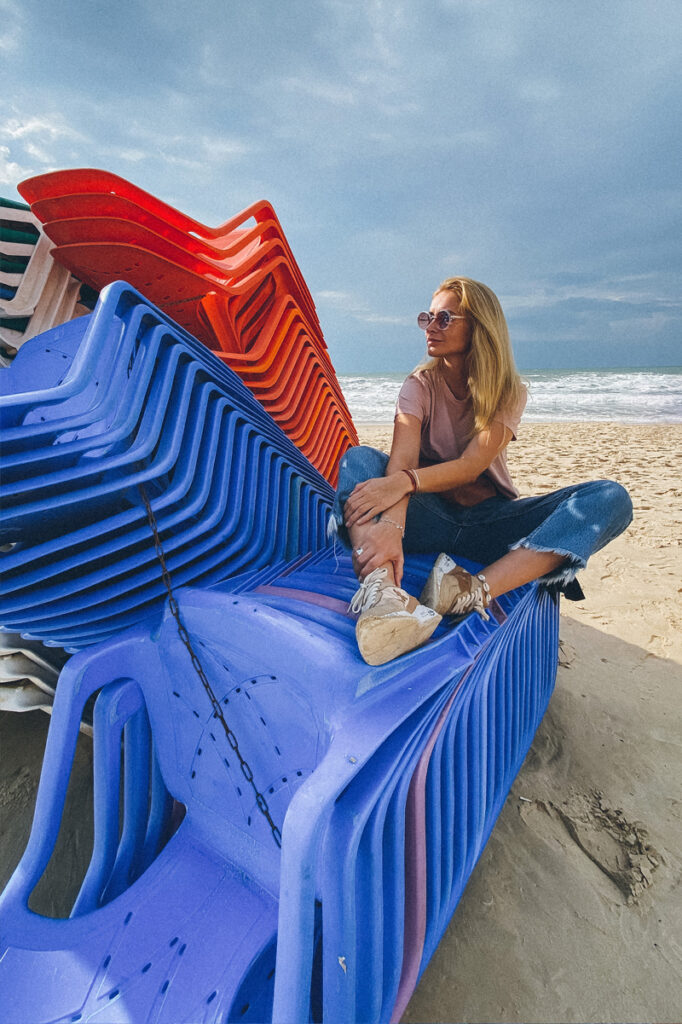
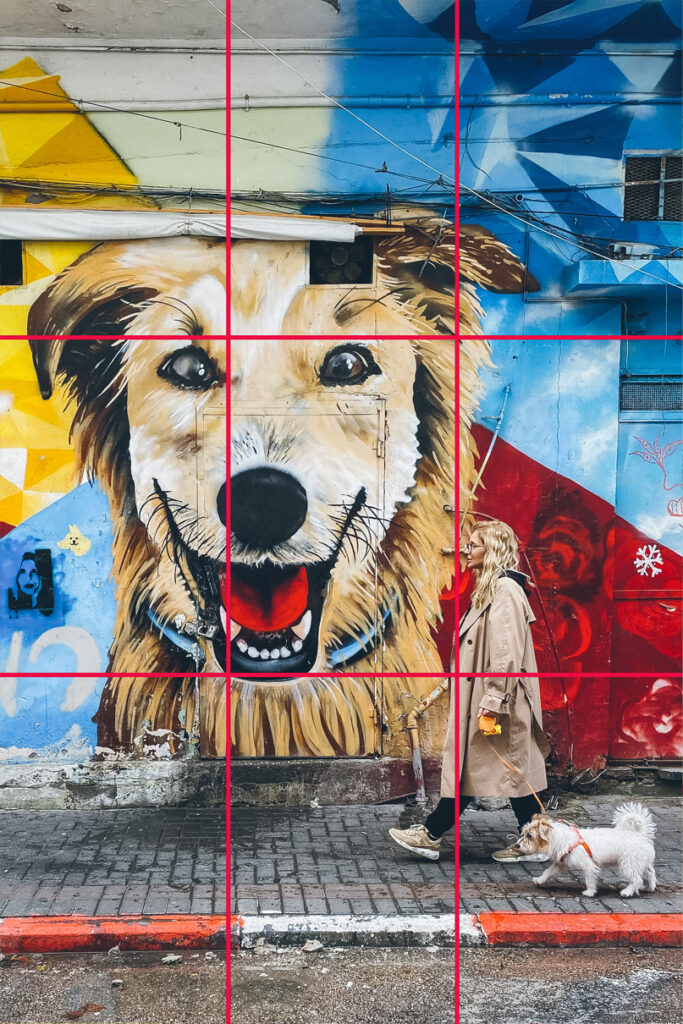
10. Technical advice
• Use a tripod or anything stable and a timer.
• Wide-angle lens is the best for architecture or cafés.
• Portrait mode works the best to separate yourself from the background.
• Check your frame in reflections – shop windows or mirrors can help adjust your pose.
Shoot smart, don’t overcomplicate. The idea matters more than the gear.
To summarize
For 16 years, I have been capturing the beauty of life — people, brands, travel, and food. I am photographer and content creator. I teach photography and promotion through visuals. And I believe that photographing yourself is about freedom and creative exploration. Each shot is a way to tell your story to the world.
Don’t be afraid to experiment. Play with background, light, and motion. Then your photos won’t just be beautiful – they’ll be real. When you allow yourself to simply be, the frame says it all.
